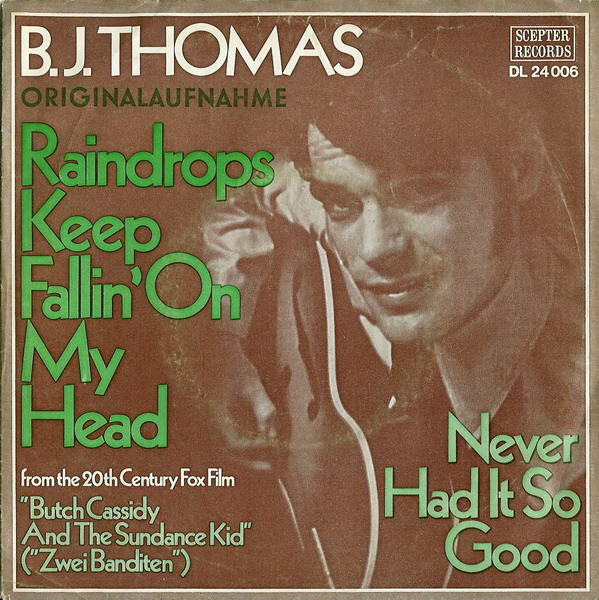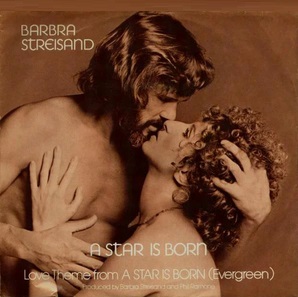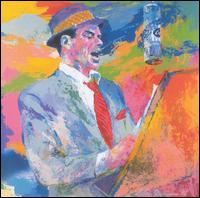Originally published in my "
Aural Fixation" column on PopMatters.com on March 18, 2013. See original post
here.

image from popmatters.com
So are you ready to gouge out your eyes and slice off your ears if forced to endure one more version of “Harlem Shake”? With 700 million views and counting, someone’s paying attention. The question is: What made it into such a viral smash?
“I love these videos. They’re great.”
“What are they doing?”
“My side is hurting.”
“What? What, what, what?”
“This is horrifying.”
“I think they’re all yucky.”
“It was very weird. It was awkward.”
“I just don’t understand.”
These are a few of the responses captured in the Fine Brothers’ Kids React online series in which the under-18 set is asked for opinions on “Harlem Shake” (10 March 2013).
Anyone who has escaped seeing a dozen or so clips of the song either a) has no connection to the Internet or b) no interaction whatsoever with other human beings. In a viral explosion unheard of since, well, the days of Psy’s “Gangnam Style” mere months ago, the song has become the go-to favorite for office drones needing a 30-second reprieve from cubicle life.
In fact, the workplace is a popular setting for fans to create their silly but simple clips to accompany the irrepressible earworm. For those just returning from long, tech-free sabbaticals, the premise of the homemade videos is that onlookers ignore a sole dancer, generally wardrobed in a helmet or mask, for about 15 seconds before joining in after a jump cut with their own crazy gyrations and costumes.
Exactly how did this sensation start and why did it get so big? According to The Daily Beast’s Marlow Stern, amateur comedian Filthy Frank uploaded the first version to YouTube on February 2 (“Meet Baauer, the Man Behind the Harlem Shake”, 18 February 2013). The satirical blogger, known for performing video skits decked out in a pink body suit, created a clip of himself grooving wildly to the song with three cohorts.
Filthy Frank version
It was quickly replicated by five Australian teens who called themselves Sunny Coast Skate. They created the template of one person dancing while the others ignored him, only to jump into the fray after the beat drops. Kevin Allocca, YouTube’s trend manager, reported that in just over a week about 12,000 “Harlem Shake” videos were posted (“The Harlem Shake Has Exploded”, 12 February 2013). Since then, more than 700 million people around the world have seen one of the 100,000 versions of the song (The Independent, “A brief history of the Harlem Shake”, 3 March 2013).
Sunny Coast Skate version
Among the most popular are renditions from The Simpsons, Jon Stewart, Jimmy Fallon, Playboy Playmates, the Norwegian Army, the University of Georgia swim team, and the Today show. Check out some of them here. YouTube itself joined in the fun showing its logo dancing before the entire page busts a move (click here, and watch what happens to your screen).
The explosion has been fueled by Billboard’s recent change in chart methodology. The immediate effect of the magazine’s decision to factor in YouTube plays alongside radio airplay, digital sales, and streaming was the song debuting at #1 on the Hot 100 chart (“Baauer’s ‘Harlem Shake’ Debuts Atop Revamped Hot 100”, 20 February 2013). Of course, the song’s digital sales were shaping up just fine by then as well – “Harlem Shake” was shown the love on Valentine’s Day when it nabbed the top slot on iTunes (TheVerge.com, “How the Harlem Shake went from viral sideshow to global phenomenon”, 18 February 2013). As of the March 23rd issue, the song had held on to the top spot on Billboard for four weeks.
The man behind the song is Harry Bauer Rodrigues. He was born in West Philadelphia, but his dad’s financial consultant job took him to Germany, London, and Connecticut before he went to New York for college. The now-23-year-old DJ/producer got signed last year to PR agency Biz3 who released the song as a free download in June (Billboard, “Movers and Shakers”, 2 March 2013).
Baauer's full version
Success hasn’t come without controversy. The New York Times’ James C. McKinley Jr. reported that “Harlem Shake” features unlicensed samples, including the famous “Do the Harlem Shake” admonition taken from rap group Plastic Little’s 2001 song “Miller Time” and the opening line “Con los terroristas” from Hector “El Father” Delgado’s 2006 single “Maldades.” Both are seeking compensation from Bauuer’s label, Mad Decent Records (“Surprise Hit Was a Shock for Artists Heard on It”, 10 March 2013).
A street interview with Harlem residents elicited strong responses that the dance associated with the song is not the Harlem Shake (“Harlem Reacts to ‘Harlem Shake’ Videos”, 18 February 2013).
Deadspin’s Emma Carmichael said the original dance “is really not much more than a little side-to-side shoulder shimmy” (TheBlaze.com, “If You’ve Been Hearing About the ‘Harlem Shake’ Video Craze, Here’s How It May Have All Started”, 14 February 2013). Here are instructions for the dance:
The New York Times reported that the dance originated in the ‘80s. Albert Leopold Boyce, aka Al B., performed it during streetball games in New York’s Rucker Park. The dance, which is much rawer and fluid than what is showcased in the videos, became known as the Harlem Shake when local teenagers started mimicking it. Specifically, the four-man dance crew Crazy Boyz, who used to hang out at Rucker Park and watch Al B., have been widely credited with taking the dance to the mainstream in the ‘90s (“It’s a Worldwide Dance Craze, but It’s Not the Real Harlem Shake”, 28 February 2013). In a documentary by Kien Quan, he goes so far as to call them the Original Harlem Shakers (26 February 2013).
How did “Harlem Shake” become so huge? In the Kids React series, kids said the videos were funny, easy to make, and made people want to be part of a new thing. StartUpNation.com’s Zeke Camusio says viral hits engage audiences, entertain or educate them, create memorable experiences, and are short and focused (“What Makes Videos Viral”, 2009).
Allocca did a TED talk identifying three reasons a video becomes a viral hit (“Why videos go viral,” November 2011). It takes off when a tastemaker, such as a talk show host or well-known blogger, picks it up. Next, the community participates by passing the video along or putting their own twist on it. Finally, video hits have unexpectedness – something which is unique and gets attention.
In dissecting why Psy’s “Gangnam Style” became the most-watched video in YouTube history with over a billion views, Chicago Tribune’s pop culture columnist Jae-Ha Kim said there was a kind of “freak-show mentality, where people are like, ‘This guy is funny’” (TheBlaze.com, “What the Heck Is This ‘Gangnam Style’ Video Craze You’re Hearing About? We Explain”, 19 September 2012).
In consolidating these criteria, several key elements emerge which explain the immense success of the “Harlem Shake” meme:
- The videos are funny and have a bit of freak-show element to them.
- They have a surprise element. Even though viewers know there will be an eruption of group dancing at the 15-second mark, they don’t know what to expect in the way of the crowd’s choice of costumes.
- Because the videos are short, they can be quickly viewed and passed on to others.
- When it starts to take hold with the general public, media stars will latch on to it as well, reporting about it and even mimicking it.
- Because of the ease in making the videos, the community actively participates by flooding the market with even more versions.
- In the end, whether people are making their own videos, passing them on to others, or just watching them endlessly on their own, they become part of the viral community.
Love Bauuer or hate him for inflicting “Harlem Shake” on the world, he has made a permanent stamp on pop culture. Of course, even if he’d been given this handy-dandy list prior to his song’s dominance, he couldn’t have manufactured such success. There’s an inexplicable X-factor behind unleashing a phenomenon. As one of the pre-teens in the Kids React video said, “I just don’t understand.” That’s okay. No matter how much science and analysis is applied to this phenomenon, I don’t understand, either.













